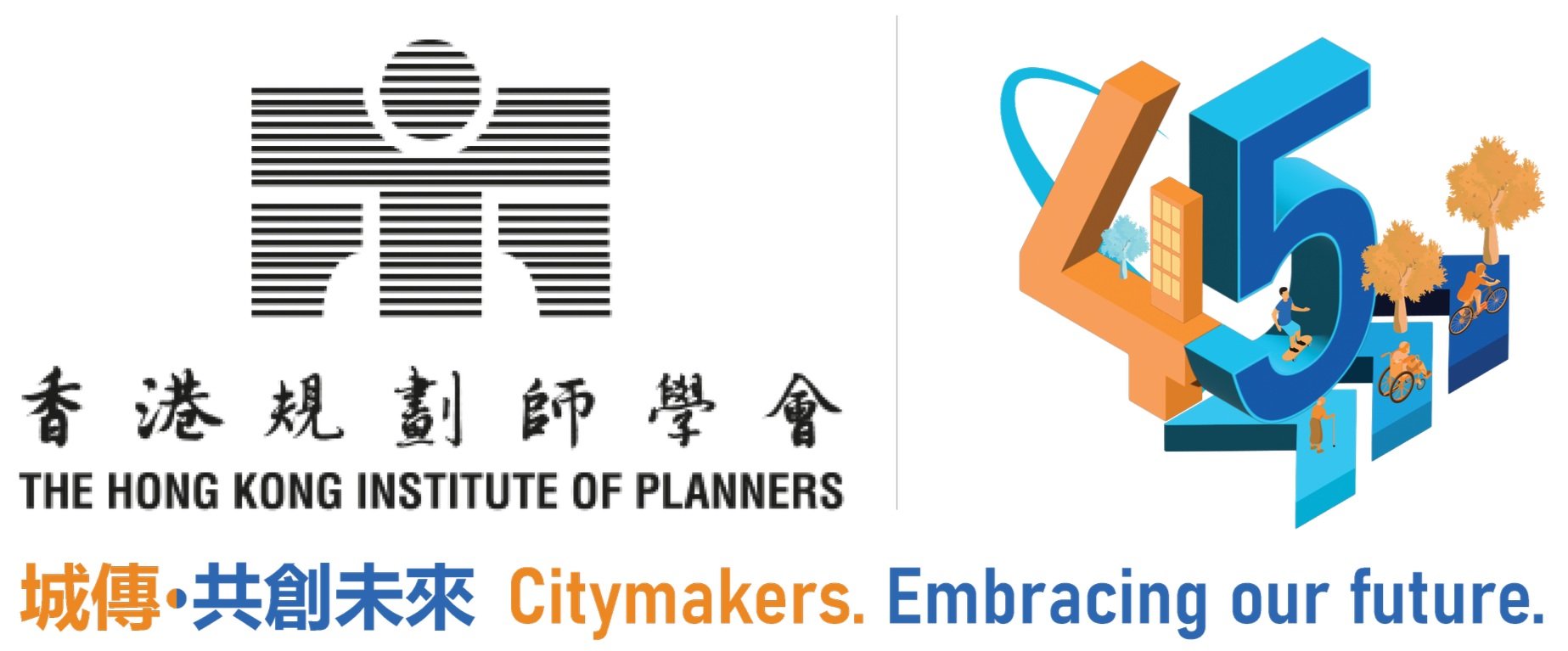Tsim Sha Tsui Area Improvement Plan (Jan 2005)
1. The Institute welcomes the Government to undertake studies of a local scale that aim at improving the physical environment of selected districts. It is considered that Tsim Sha Tsui is an appropriate starting point as this is a heavily patronized area for both locals and tourists. The partnership of Planning Department with Transport Department is also seen as a step in the right direction in combining planning framework and implementing pedestrian improvement projects together and securing funds for taking forward the planning schemes.
2. With regard to the three priority projects, the Institute supports the principle for pedestrianisation and improvement to the streetscape and believes that those projects would bring about immediate benefit to the local environment. However, it appears that the “priority areas” were related more to schemes that are relatively simple and could be more easily implemented. While these “quick-win” projects may allow early buy-in of the community, their “priority” as seen from a wider district perspective in addressing key problems of Tsim Sha Tsui is less apparent.
3. The Institute sees some critical problems in Tsim Sha Tsui and considers that they should be given priorities for improvement. The Institute hopes that these issues will be adequately addressed in later stage of the Study :
The serious pedestrian / vehicle conflicts along the western side of Canton Road and the very limited pavement on its eastern side around the Former Marine Police Head Quarters site. The traffic enhancement implemented at Times Square where taxi and private car traffic was re-routed is a good example. The overseas example of improvement to Orchard Road in Singapore could also be a useful reference; where vehicular/pedestrian conflicts were resolved by changing the vehicular ingress/egress points along the road through a gradual and systematic process.
Establishment of a strong linkage between Tsim Sha Tsui East, Tsim Sha Tsui core area and Canton Road. Connection to the waterfront and overcoming the critical barrier created by Salisbury Road.
4. Related to the scheme for improvement to the MTR entrance, every effort should be made in the design to direct more people to Kowloon Park, which is a green lung by-passed by so many. Improvements to other entrances to Kowloon Park along Parklane and particularly along Austin Road should be explored. Activities management and possible venue for eateries within the park should also be explored in association with relevant government departments.
5. It is noted that Transport Department has recently closed two critical at-grade crossings at Salisbury Road (near the Peninsula Hotel) and Kowloon Park Drive (near YMCA) due to opening of the new subways. The Institute urges Government to review such arrangement which is very unfriendly for pedestrians who would need to compromise the many level differences and detours to cross Salisbury Road, needless to say the inconvenience caused to the disabled, elderly and parents with babies on prams.
6. The closure of a section of Nathan Road to create a small civic square is put forward as a long-term proposal. While such bold proposal is laudable, traffic circulation, parking and loading/unloading facilities to serve the existing and future developments should be carefully examined in conjunction with major stakeholders. Moreover, to maximize the benefits of such proposal, the road closure should have to address the problem of accessibility to the waterfront, that is, instead of stopping at Middle Road, a concrete and feasible solution is required for pedestrians to conveniently cross over Salisbury Road. The Government should also be aware that there are some overseas examples of pedestrianising streets of such width that had proven not very fruitful, the critical factors for success such as existence of any landmark features, intensity and mix of street activities, comfort and weather protection in the civic space etc., need to be more carefully considered if the scheme is to be taken forward. This scheme may also be implemented in phases; interim measures such as closure of some lanes for widening of pavements could be explored. In relation to our concern on pedestrian / vehicular conflict along Canton Road, Government may also wish to consider the possibility of closing a section of Canton Road which currently seems to accommodate more heavy pedestrian traffic when compared with Nathan Road.
7. The Institute is supportive of Government’s efforts in emphasizing local area improvements through promoting better urban design, streetscape enhancement and pedestrian environment with public/private sector partnership. The next stage is for all relevant government departments to work closely together to ensure the successful implementation of these schemes in a timely manner.
Public Affairs Committee
The Hong Kong Institute of Planners
January 2005
